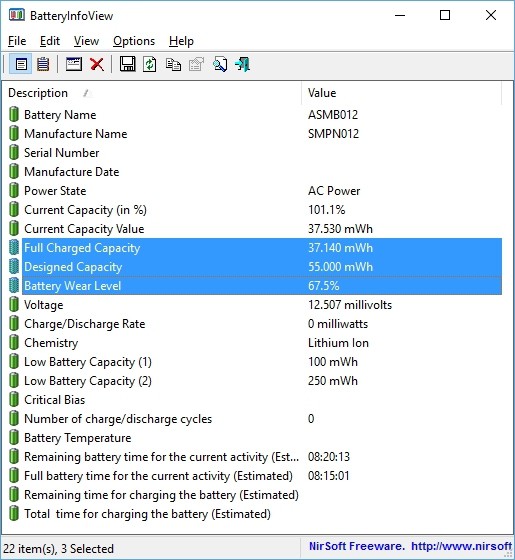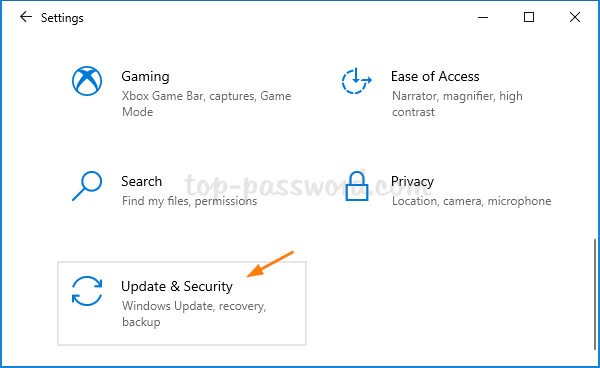
Again, my answer is that since it's not necessary no programmers or programming companies are going to spend time writing and testing a commercial solution for this if no one is going to buy it once they find out it's not needed. A question I have for you is that if you google this problem, and it sounds like you have, why is there no software company selling a script or app to do this for windows computers? Not including the one you found for Linux OS-based computers. You can request people to write a script file for you, or pay someone to write it but it's not going to help significantly.

I believe what we're telling you is that with the newer battery and charging circuit technology in modern laptops such as the one you have no longer require this. If you're laptop was built prior to 2009 and is 6 years old or older, that battery in their if it's the same one the laptop came with from the factory, is long gone charge-wise anyway and should have been replaced in the first 2 years. That's the reason that no one has written a script in windows to limit an 80% max charging limit. Newer 3rd gen lithium or lithium-ion-OH batteries don't suffer from this problem or from memory effect issues nearly as much as they did say 10 years ago. Not many battery technologies used the 40%-80% window you mentioned. In any case, they were more susceptible to the 40%-80% recharge window you refer to. Many of those batteries were not lithion-ion, they were lithium-MOS or selenium-lithium hybrids.

Older laptops, prior to 2009, often have 1st or 2nd gen lithium batteries which had the top-off problem you are referring to.

How old is that Lenovo laptop you have? Modern laptops, as mentioned above have newer technology lithium-ion battery technology. I believe you're operating under old information.


 0 kommentar(er)
0 kommentar(er)
